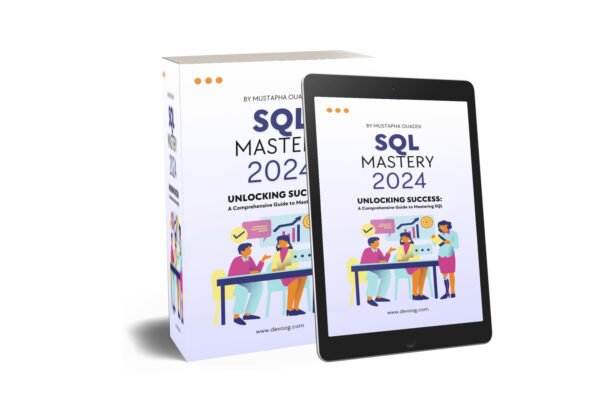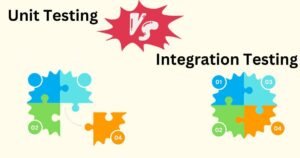SQL Mastery
“SQL Mastery” is a comprehensive guide that takes you from beginner to expert in SQL. With clear explanations, practical examples, and hands-on exercises, you’ll learn everything from basic syntax to advanced techniques, empowering you to build databases, manipulate data, and solve real-world problems with confidence.
Introduction:
Microservices architecture has gained popularity for its scalability, flexibility, and resilience. However, managing the deployment of multiple microservices across different environments can be complex and error-prone. Continuous Integration and Continuous Deployment (CI/CD) practices automate the deployment pipeline, enabling developers to deploy changes to microservices quickly and reliably. In this article, we’ll explore the process of deploying microservices with CI/CD and provide examples of how to automate the deployment pipeline effectively.
- Setting Up a CI/CD Pipeline: The first step in automating the deployment of microservices is to set up a CI/CD pipeline using a CI/CD tool such as Jenkins, GitLab CI/CD, or Travis CI. The CI/CD pipeline consists of multiple stages, including build, test, and deploy, each of which performs specific tasks to ensure the quality and stability of the application before deploying it to production.
- Building Microservices: In the build stage of the CI/CD pipeline, the source code of microservices is compiled, packaged, and tested to ensure that it meets the quality standards and does not contain any errors. Build tools such as Maven or Gradle are commonly used to automate the build process and generate artifacts (e.g., JAR files) that can be deployed to production.
Example (Jenkinsfile):
pipeline {
agent any
stages {
stage('Build') {
steps {
sh 'mvn clean package'
}
}
}
}
- Testing Microservices: In the test stage of the CI/CD pipeline, automated tests are executed to verify the functionality and correctness of microservices. Unit tests, integration tests, and end-to-end tests are commonly used to ensure that the microservices behave as expected and meet the specified requirements.
Example (Jenkinsfile):
pipeline {
agent any
stages {
stage('Test') {
steps {
sh 'mvn test'
}
}
}
}
- Deploying Microservices: In the deploy stage of the CI/CD pipeline, the artifacts generated during the build stage are deployed to the target environment (e.g., development, staging, production). Deployment tools such as Kubernetes, Docker, or AWS Elastic Beanstalk are commonly used to automate the deployment process and manage the lifecycle of microservices.
Example (Jenkinsfile):
pipeline {
agent any
stages {
stage('Deploy') {
steps {
sh 'kubectl apply -f deployment.yaml'
}
}
}
}
- Monitoring and Feedback: After deploying microservices to production, it is essential to monitor their performance and health continuously. Monitoring tools such as Prometheus, Grafana, or ELK Stack can be used to monitor metrics, logs, and alerts, providing valuable feedback to developers and operations teams.
Conclusion:
Automating the deployment pipeline with CI/CD practices streamlines the process of deploying microservices, reduces manual errors, and accelerates the delivery of changes to production. By setting up a CI/CD pipeline that includes stages for building, testing, and deploying microservices, developers can ensure the reliability, scalability, and maintainability of their applications, ultimately leading to better user experiences and increased business agility.
My E-Book Stores Links 👇
👉 Devoog : https://devoog.com/product-category/e-books/
👉 KDP : https://amzn.to/3Ju8JH6
#Programming #Ebooks #Kids #Coding #Children #TechEducation #STEM #ProgrammingForKids #Learning #Education #ChildrensBooks #ComputerScience #Technology #YoungLearners #CodingForKids #DigitalLearning #KidsBooks #EducationalResources #ProgrammingLanguages #FunLearning #parent #parenting #education #mom #ebook #programming #future #artificialintelligence #smart #job #python #datascience #kidsactivities #java #coding #eclipse #ai #chatgpt #tesla #machinelearning #deeplearning #chatbot #fyp #ecommerce #trending #instagood #photooftheday #picoftheday #instadaily #instalike #travel #nature #art #food #fitness #happy #motivation #explore #photography #instapic #style #life






